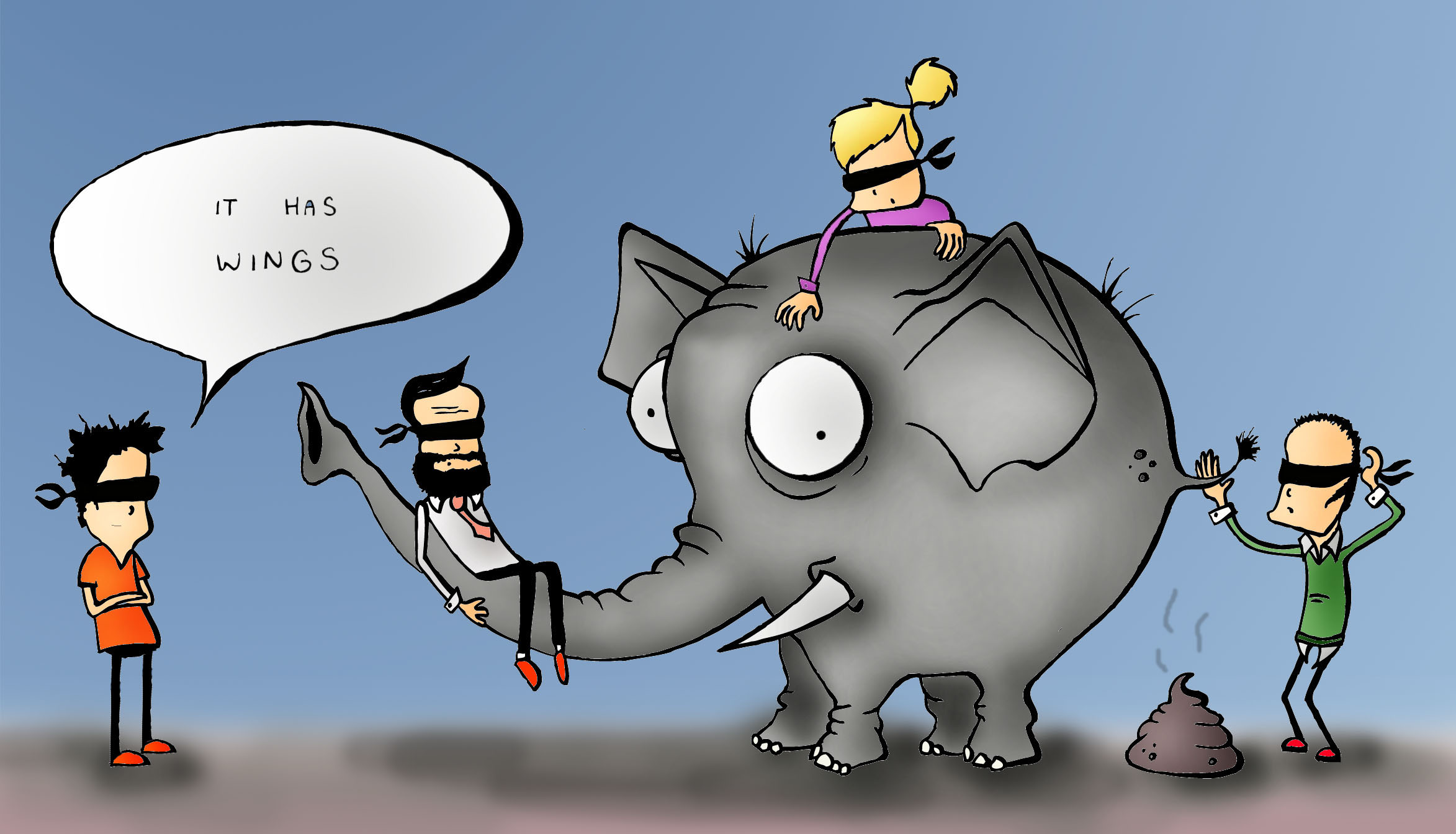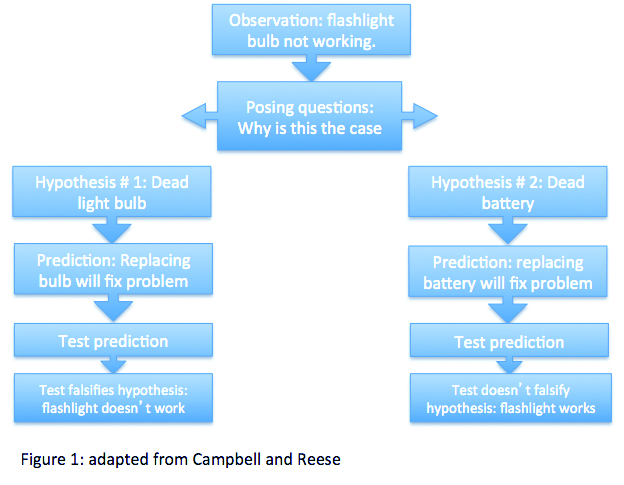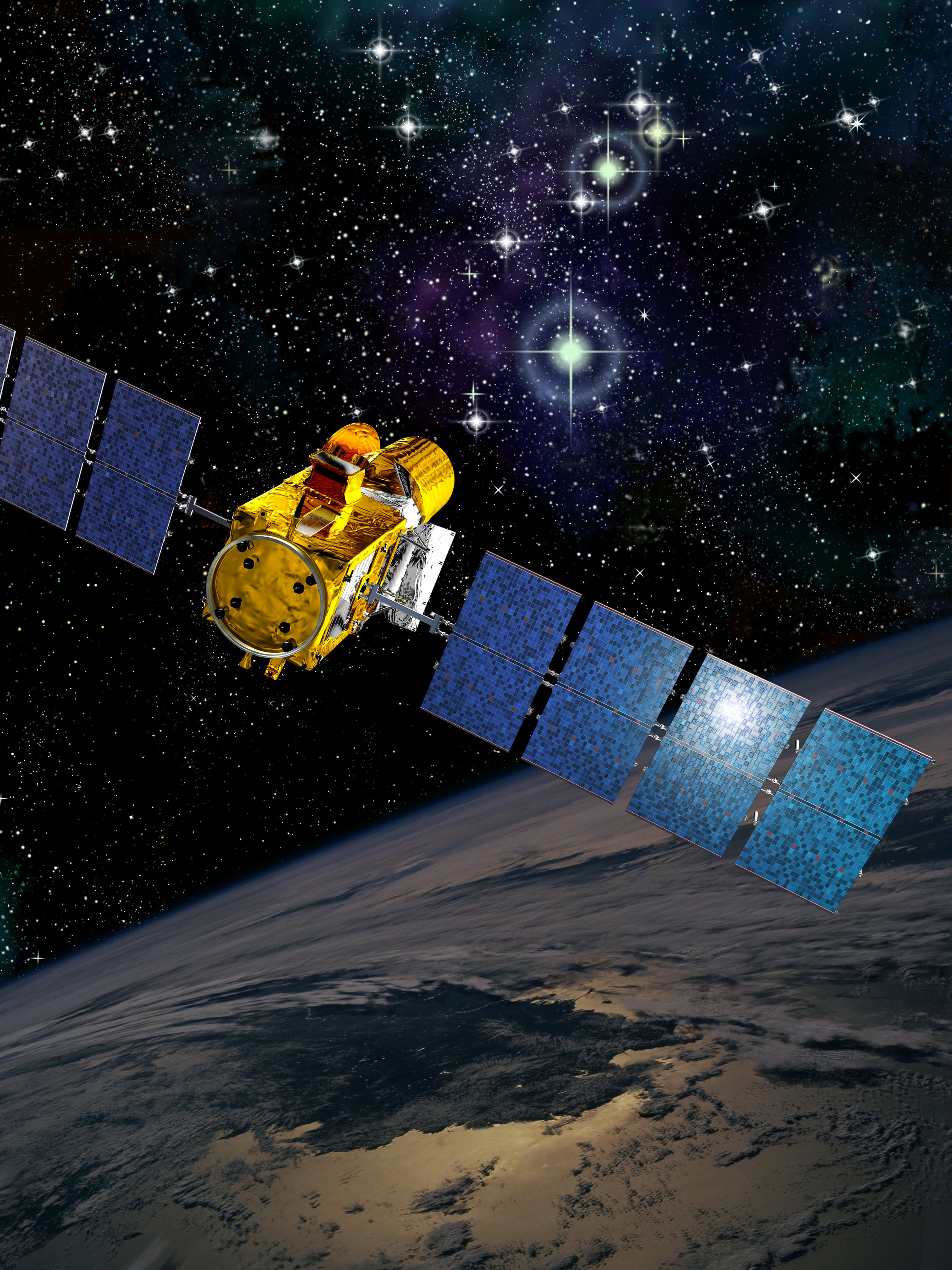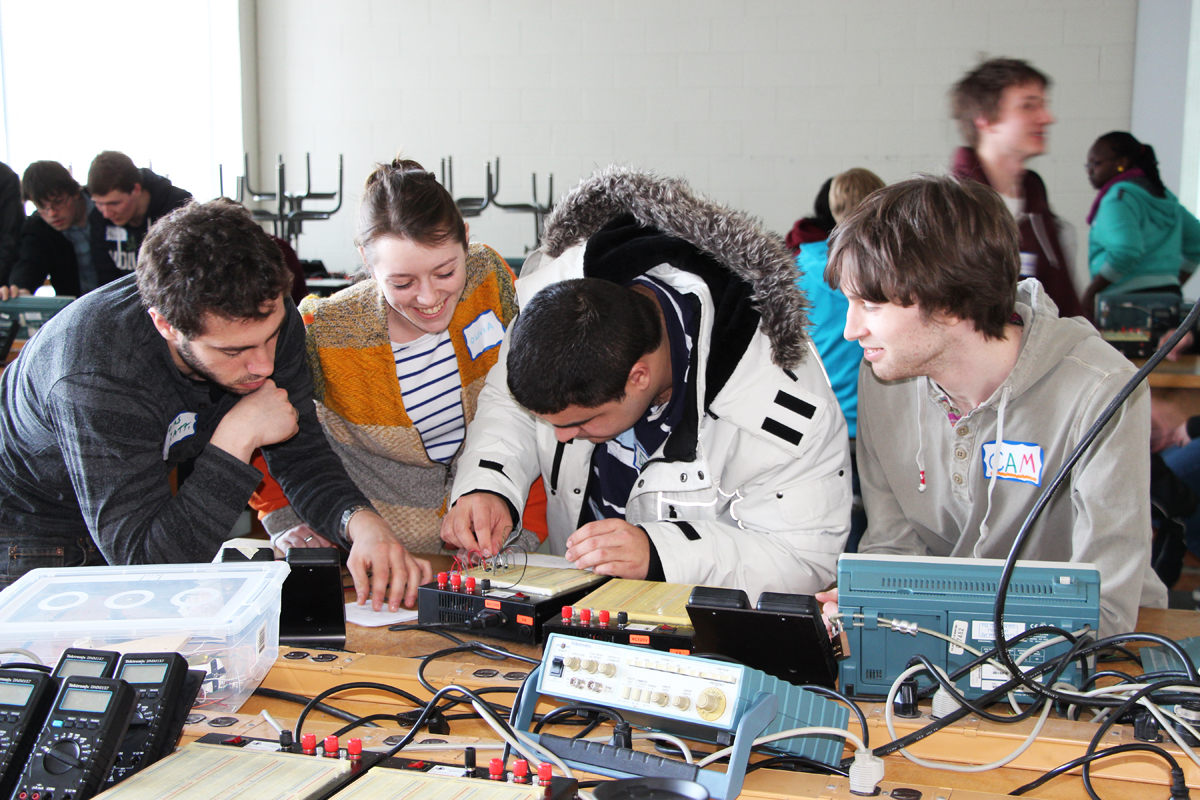Science produces so many useful technologies and lifts us by our bootstraps out from the domestic drudgeries generations of ancestors were meant to endure; to wit, I haven’t met a single person that thinks dishwashers weren’t a game-changer.
But in the quest to render technical concepts familiar, popularizers of science (present company included) tend to place a lot of focus on the products rather than on the process of science. As a result, the message passively taken in by the lay public is that science is good or interesting insofar as it continues to deliver on its promise of useful tools and quirky discoveries from the natural world.
Therein lies a problem: science is so much more than Smartphones and cutting-edge medical technologies. Science is a philosophy. And the principles of science are far more transferrable and relevant to how we conduct ourselves on a day-to-day basis than is often acknowledged.
“The method of science is far more important than the findings of science,” writes the late, great astronomer and expositor of science, Carl Sagan.
“If we teach only the findings and products of science, no matter how useful and even inspiring they may be, without communicating the method, how can the average person possibly distinguish science from pseudoscience?”
To Sagan, science was a candle in the dark – a way of thinking more than just a storehouse of knowledge.
But, more to the point: why does this even matter? Why do nonscientists stand to gain anything from adopting a more scientifically informed style of thinking about daily matters?
“One of the reasons for its success is that science has a built-in, error-correcting machinery at its very heart,” writes Sagan. “Some may consider this an overbroad characterization, but to me every time we exercise self-criticism, every time we test our ideas against the outside world, we are doing science. When we are self-indulgent and uncritical, when we confuse hopes and facts, we slide into pseudoscience and superstition.”
Scientific inquiry and the experimental method
Philosophy is a second-order field of inquiry that analyzes and asks questions of other topics—those of the arts, religion, mathematics, or science, for instance—whereas “science” represents various categories of first-order disciplines concerned with performing hypothesis-driven experiments and discovery-driven descriptions of nature and the universe.
Hypothesis-driven science asks testable questions that must be falsifiable; that is, there must be a way of confirming whether a hypothesis is not true. If a question is somehow framed in a way that is unanswerable through testable predictions, then it falls outside of science.
A hypothesis is merely a preliminary prediction to a question. If, once objectively tested, a hypothesis survives scrutiny and confirms the legitimacy of a given explanation, then it may be crowned a “theory”: something that is in principle replicable by other scientists and based on a preponderance of empirical evidence.
Elsewhere in the Science section this week, there is repeated mention of empiricism, and what that might mean in relation to the methodology and philosophical underpinnings of science. Science traffics in the currency of empirical evidence (data), and the experimental method—the main apparatus of science—presumes that what is knowable or worth knowing is accessible to us chiefly through testable, falsifiable means (i.e., empiricism).
Figure 1 shows an idealized version of the process of forming testable inquiries. Of course, this is an oversimplified rendering of the scientific method – science is generally a far messier affair.
The methodology of science conforms to what is known as the “naturalistic assumption,” which stipulates that all phenomena—their cause and effect relationships—are ultimately understandable in terms of the laws of nature. That is, the scientist running an experiment tacitly supports the notion that nothing outside of nature (read: “supernatural”) exists or is capable of influencing and confounding the results of controlled observations. To make observations under the premise that something outside of nature is capable of meddling with natural phenomena undermines this idea.
Despite much elegant trifling on the part of religious scientists and others to the contrary, this is why there is an ultimately irreconcilable conflict between practicing science by day while simultaneously maintaining a belief in an interventionist deity (something explored in greater detail in the article on page 12, “Oil and water: are science and religion in conflict?”).
Reductionism and the elephants’ wings
The whole is greater than the sum of its parts: this is one of the important lessons of modern science. The “dogma” of ecology, for instance, dictates that ecosystems are immeasurably interconnected and complex. Ecologists are thus limited to recording partial observations of the biological and abiotic interactions in a system, acknowledging (and forever qualifying) this or that description to be only part of the story. There is only so much we can reliably learn about an ecosystem’s community of flora and fauna by studying individual organisms or specific species of said ecosystem.
Nevertheless, starting from a reductionist approach and working outwards is responsible for many revolutionary findings in science. The medical research community, for instance, is in a constant state of revision – forever recalibrating our understanding of health on a trial-and-error basis. Our definition of health and what constitutes healthiness is thus in a constant state of flux as well. As we learn more about individual components through reductionist science and how they interact and give rise to more complex bodily systems, we incrementally increase our understanding of the workings of human physiology as a whole.
Of course, natural phenomena are not merely reducible to parts in a machine. However, there is a division of labour that occurs between the many disparate fields of science, each attempting in their own right to puzzle out explanations for very specific phenomena. The result is a slow, gradual accumulation of knowledge that helps to explain various previously incomprehensible natural phenomena. This knowledge building process is sustained through honest debate and interdisciplinary collaboration.
The evolutionary developmental biologist, P. Z. Myers, illustrates this message plainly in his parable Elephants’ Wings. The story depicts four blind men who come across an elephant: three set out to investigate and describe the elephant through measurement, while the fourth, named Eagletosh, finds comfort under the shade of a nearby tree and purports to know what this strange beast is through imagination and reflection alone.
In time, the three men have worked out what the function of the tusk and tail are, and communicate their findings clearly to one another, thereby arriving at a more or less unified theory of what the elephant looks like. Our fourth navel-gazing fellow, on the other hand, claims to know that the elephant in fact has a pair of imperceptible wings. When confronted with the apparent nonexistence of these wings by the three science-minded men, Eagletosh explains that “Perhaps [the wings] are invisible, or tucked inside clever hidden pockets on the flank of the elephant, or better yet, I suspect they are quantum. You can’t prove they aren’t quantum.”
The message that follows equates the scientific approach to knowing the world with something more than just a knowledge building exercise. When we allow ourselves to be guided by critical thinking skills and unbridled curiosity rather than by conventional wisdom or the say-so of authority figures, we are better equipped to learn what the universe has to teach us.
“And there the battle stands, an ongoing argument between the blind who struggle to explore the world as it is around them, and the blind who prefer to conjure phantoms in the spaces within their skulls. I have to disappoint you, because I have no ending and no resolution, only a question.”
“Where do you find meaning and joy and richness and beauty, O Reader? In elephants, or elephants’ wings?”






